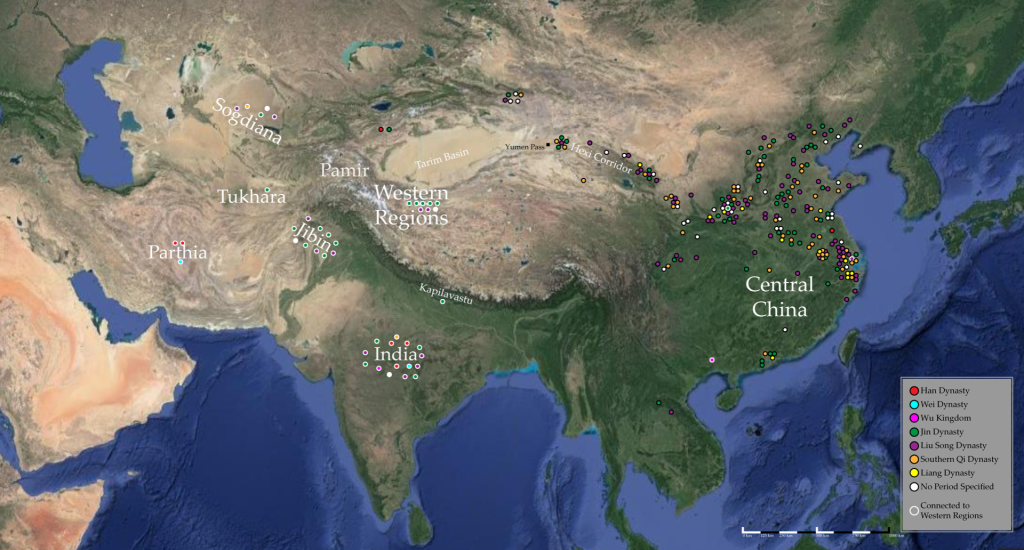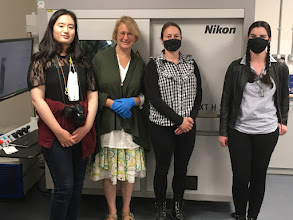We were excited to hear that the Centre of Buddhist Studies at the University of Hong Kong has just published an English translation of Shi Huijiao’s The Biographies of Eminent Monks, edited by our PhD student, Edward A S Ross. Tianshu Yang (Jiechuang Institute of Buddhist Studies) was the translator. We asked Edward to share details of this exciting project with us. He reports as follows:
The Biographies of Eminent Monks is a compilation of the lives of over 500 Buddhist figures from 67 CE to 519 CE. This 14-chapter volume became the widely accepted basis for Chinese Buddhist, historical biography literature from the 6thcentury onwards. Extending from China’s first interactions with Buddhism to the Liang Dynasty (502-557 CE), the text of the Biographies of Eminent Monks discusses Buddhist figures well known during the time of Shi Huijiao (慧皎) (497-554 CE), the compiler and author (Figure 1).
Since it does not discuss the Mediterranean world, the relevance of this text to Classics might seem slight, yet there are interesting connections to the west buried in the life stories of these monastics. Since Edward studies ancient Central Asia, he was particularly interested in the monastic figures who came from and visited the so-called “Western Regions.” 47 of the 532 figures mentioned in the text hold ethnic or geographical origins to the west of East Asia, be that Central or South Asia (Figure 2).

Figure 2: Estimated places of origin for all 306 biographies with given locations. Points with white borders represent those with connections to the Western Regions (Image created by Edward A S Ross using mapping data from Google Maps (2020))

Shi Huijiao. The Biographies of Eminent Monks. Tianshu Yang, translator. Edward A. S. Ross, editor. Hong Kong: Centre of Buddhist Studies, University of Hong Kong, 2022.
Some come from as far west as Parthia, a region in Central Asia well known in the Mediterranean world. This reminds us how deeply connected different parts of the ancient world were to their wider global context. Whether through trade, war, or religious pilgrimage, people from the Mediterranean and Asian worlds did indeed interact. This is why it is important for those studying ancient history to broaden their source bases to garner a deeper understanding of the nuances of cultural interactions in the ancient world.
From the outset, the goal for this translation project has been to produce an open-access volume of Shi Huijiao’s The Biographies of Eminent Monks, so that these poignant stories and crucial aspects of Chinese Buddhist history are widely available to the English-speaking public, practitioners, and academics. The full ebook is available at https://www.academia.edu/90233933/Shi_HuiJiao_The_Biographies_of_Eminent_Monks_%E9%AB%98%E5%83%A7%E5%82%B3.



 shire Museum in Woodstock
shire Museum in Woodstock